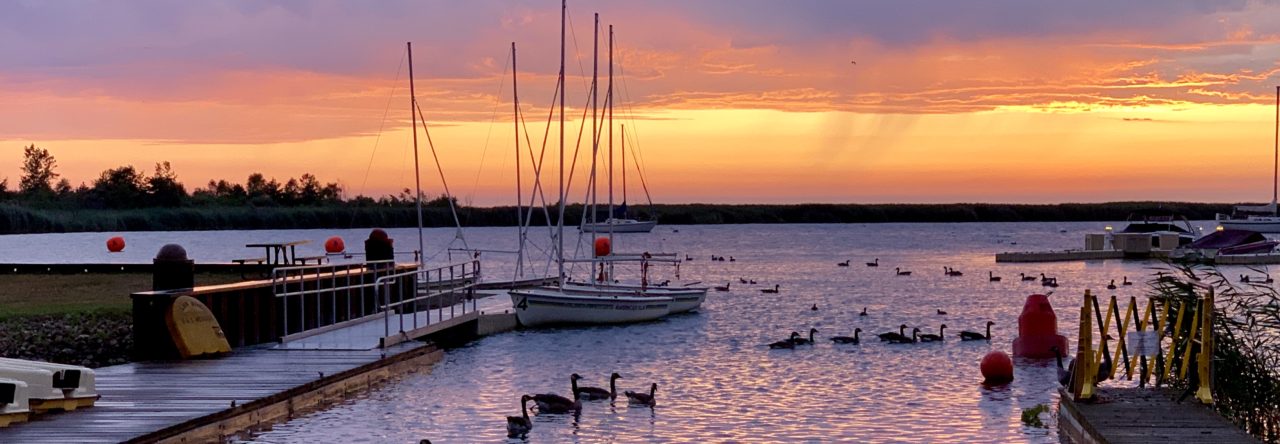Visiting the Snow Monkeys has been on my list of “must do” since we started discussing the possibility of taking orders to Japan. I first learned about Snow Monkeys when I taught AP Environmental Science at Bayside High school in 2004. A picture of a snow monkey was on the cover of our text book and we discussed the monkeys when learning about an animal’s ability to adapt to their environment. Snow Monkeys live in a harsh winter environment and use the onsen (hot spring) as a refuge from the cold.
I signed us up to take the tour offered by ITT on Saturday 12/17. The tour bus picked us up at 3:30am and we returned at 10pm. It was a long day on the bus, but well worth it!
Jigokudani Yaen-Koen or Snow Monkey Park is located near the city of Nagano in the northern part of the Nagano prefecture. Nagano was the sight of the 1998 winter Olympics. It is about a 5 hour drive from Yokosuka.

We had two rest stops on our way to Nagano. The first was slightly before sunrise and gave us a beautiful view of Mt. Fuji.


The Nagano area receives heavy snowfalls and the Jigokudani Yaen-Koen remains snow covered four months of the year. The elevation of the park is 850m (2,788 ft). The path to see the snow monkeys is very narrow and and only accessible by foot. From where the buses drop you off, it is approximately 2km through the forest to see the monkeys. The park includes mountains forests surrounding a valley. The onsen is located in the valley. The steam from the hot springs during the cold winter makes the name Jigokudani, (meaning: “Hell’s Valley”) appropriate because the steam rise up.
The path to the Monkeys was an unexpected delight. It was already snow covered and the forest was serene. About 5 minutes into our walk along the path, it started snowing. Talk picturesque!



At one point a park worker passed us on his snow mobile!

We moved to the side for him to pass and then continued on our way.



A sharp right turn took us up the steps for the Snow Monkey Park. But first, let me take a selfie!

Our tour guide passed out our tickets and we were off to find SNOW MONKEYS!!
And did we ever… I hope I convey how big of a deal this was for me. Like I said, I have thought about this for years. It was better than I expected. The monkeys are so chill, they don’t care about humans and the opportunities to observe and photograph them are endless.the first set of photos were from the creek bed area. The brown furry rocks are monkeys.


The monkeys are wild Japanese macaques. They are free to roam the forest. There is nothing preventing them from coming or going. Often they are seen just sitting, walking about or grooming their friends.



I think if I could have stayed all day, I would have. They were fascinating to watch. This one… just posed and posed. Their faces turn red as they warm up in the onsen. Notice the difference in the earlier pictures.


Here are a few shots from the upper viewing area.






The close-up pictures are amazing. I also tried to see how many I could photograph at once.

Frequently, momma gives rides.



As we left the park, my heart was happy. I felt so fortunate to have experienced such a magical moment. We are sacrificing a lot by being away from our family and friends. Especially during the holidays. Having the opportunity to go on adventures and explore helps ease the separation. And being able to share it with you, helps me feel grounded and connected. Wow. That was heavy. We obviously need more monkey pictures!!




And a few more pictures of the walk back to the bus. It was still snowing!!

Can you believe this was only the first half of our day? We left the Snow Monkey Park at noon. We stopped about thirty minutes away for lunch. Shockingly, I had ramen. Although not the best ever, it was perfect on a snowy snow monkey day!

I am going to save the second half of our day for tomorrow. I have already written half a book with numerous pictures. I will save our afternoon in Matsumoto visiting the castle and exploring the town for tomorrow!
P.S. If you decide to visit in the winter months, we will definitely add a visit to Jigokudani Yaen-Koen to your list. As always, thank you for reading. Hugs and kisses from Japan.













































































































































